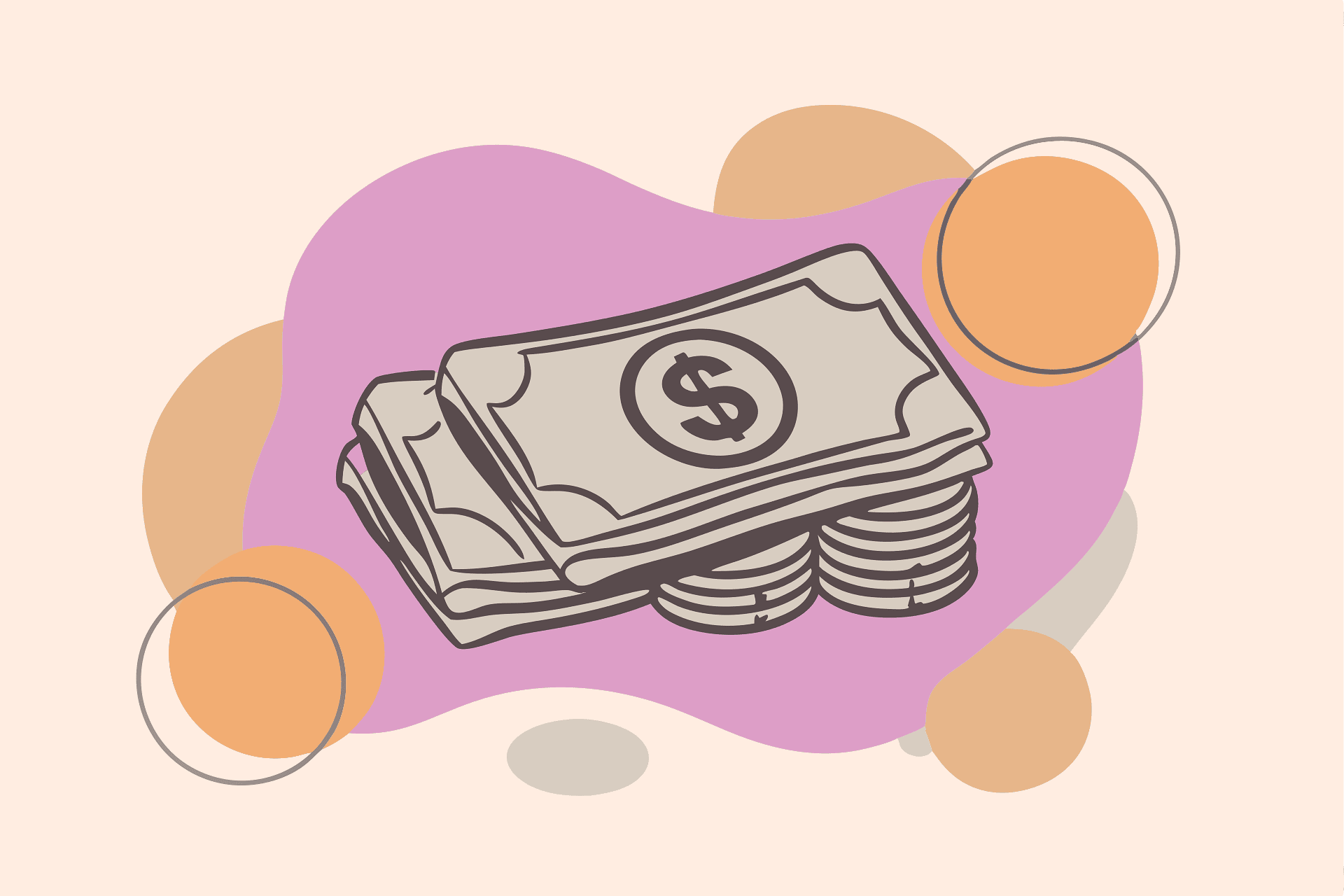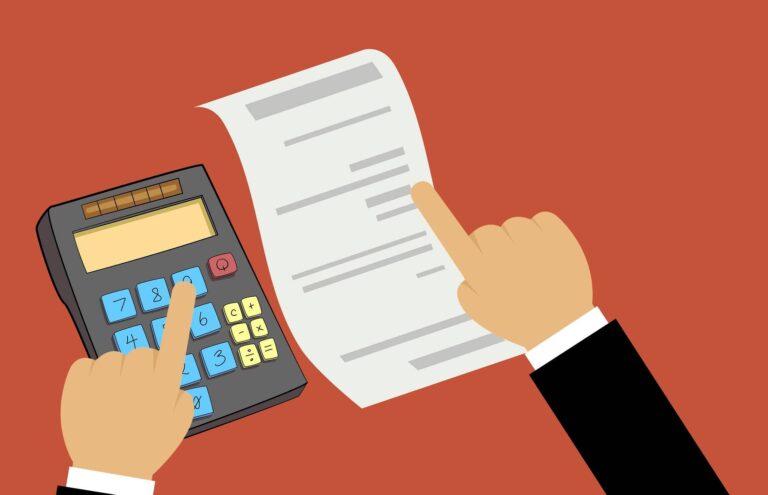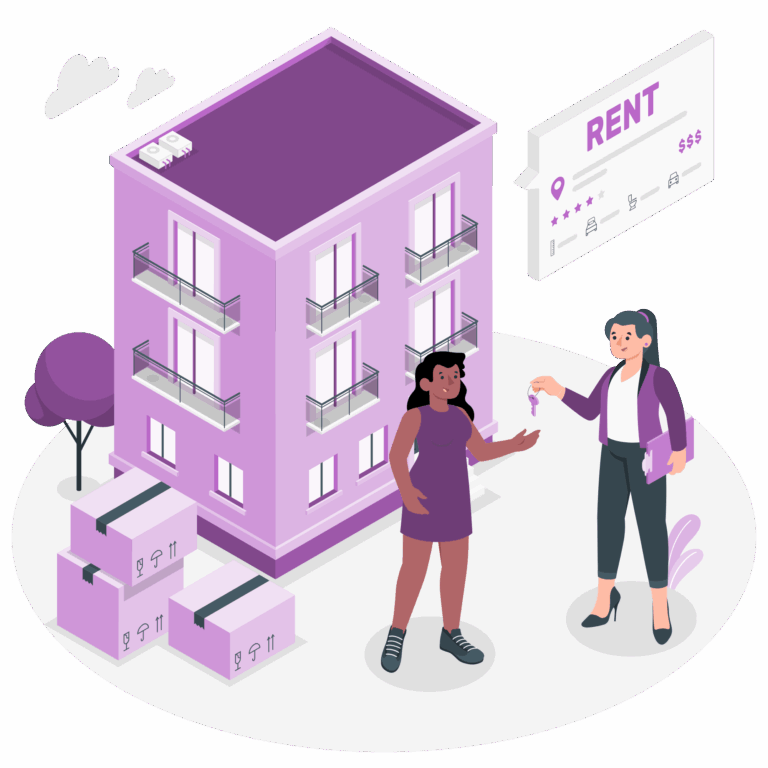What To Do After Saving $500 (Beginner Friendly Guide)
Saving your first $500 emergency fund is a huge deal, but what to do after saving $500? First of all, take a second to celebrate. Saving your first $500 emergency fund is a bigger win than most people realize.
You proved to yourself that you can set a goal, stick to it, and build real breathing room. That is a skill that is going to pay off for the rest of your life.
So, what to do after saving $500? Here is what to do next to keep your momentum going without getting overwhelmed.
1. Keep Your $500 Somewhere Safe (But Separate)
Now that you have it, you want to protect it from yourself. It is way too easy to accidentally spend emergency savings if it is mixed into your normal checking account.
Best move:
- Keep your emergency fund in a separate savings account.
- Bonus if it is a high-yield savings account so it earns a little interest while it waits for you.
When learning what to do after saving $500, keeping your savings separate makes a big difference.
Out of sight often means out of temptation.
2. Pay Off Any High-Interest Debt First
Before you shift into major saving mode, check if you have credit card debt or other high-interest loans hanging around. Why is this an important part of what to do after saving $500?
- Carrying a balance costs you money every single month.
- Interest rates on credit cards can easily be 20% or more, way higher than anything you will earn from savings.
Smart move:
- Focus on paying off any debt with an interest rate over 6 or 7 percent first.
- Knock it out as fast as you can.
- Then move on to adding more to your emergency fund and other savings.
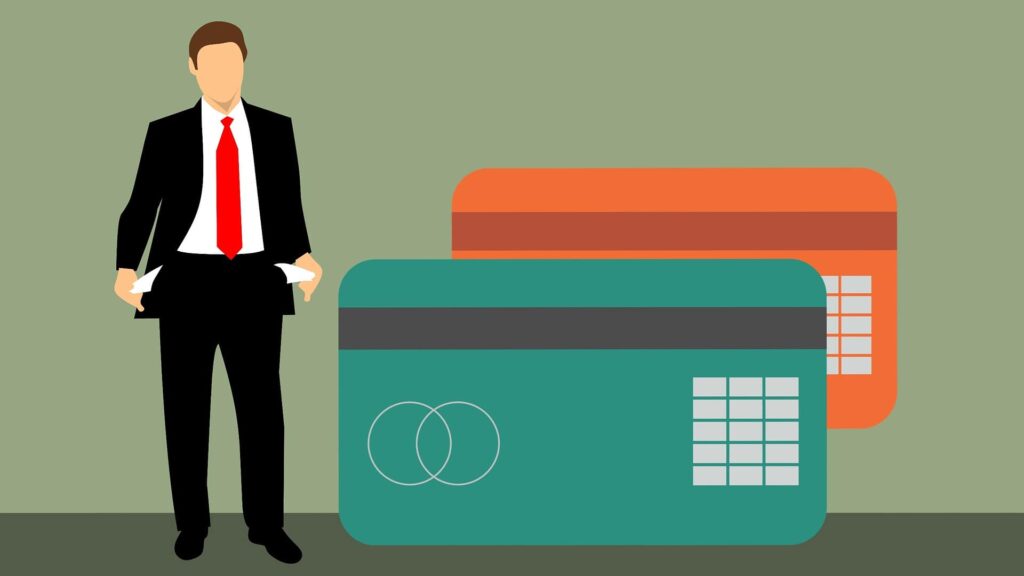
Getting rid of debt early frees up so much future cash flow.
✅ Pro-tip: Free tools like Credit Sesame can help you keep an eye on your credit score and monitor your debt, so you stay on track while paying things down. Plus, they offer tips to help you save on interest if you’re working on improving your credit!
3. Grab Your Employer’s Free Money (401(k) and HSA Contributions)
A huge part of what to do after saving $500 is grabbing the free money available through your job.
401(k):
A 401(k) is a retirement savings account through your employer. You contribute a little from each paycheck, and often your employer matches a percentage you contribute. If you do not grab that match, you are leaving free money on the table.
Example:
Let’s say you earn $2,000 a month and decide to put 5% into your 401(k).
That is $100 from your paycheck.
If your employer matches 100% of your contribution up to 5%, they will also add $100.
You just saved $200 for retirement even though only $100 came out of your pocket!
That is literally doubling your money without lifting a finger.
Even if retirement feels a million years away, free matching contributions are a huge part of smart money building early on.
HSA (Health Savings Account):
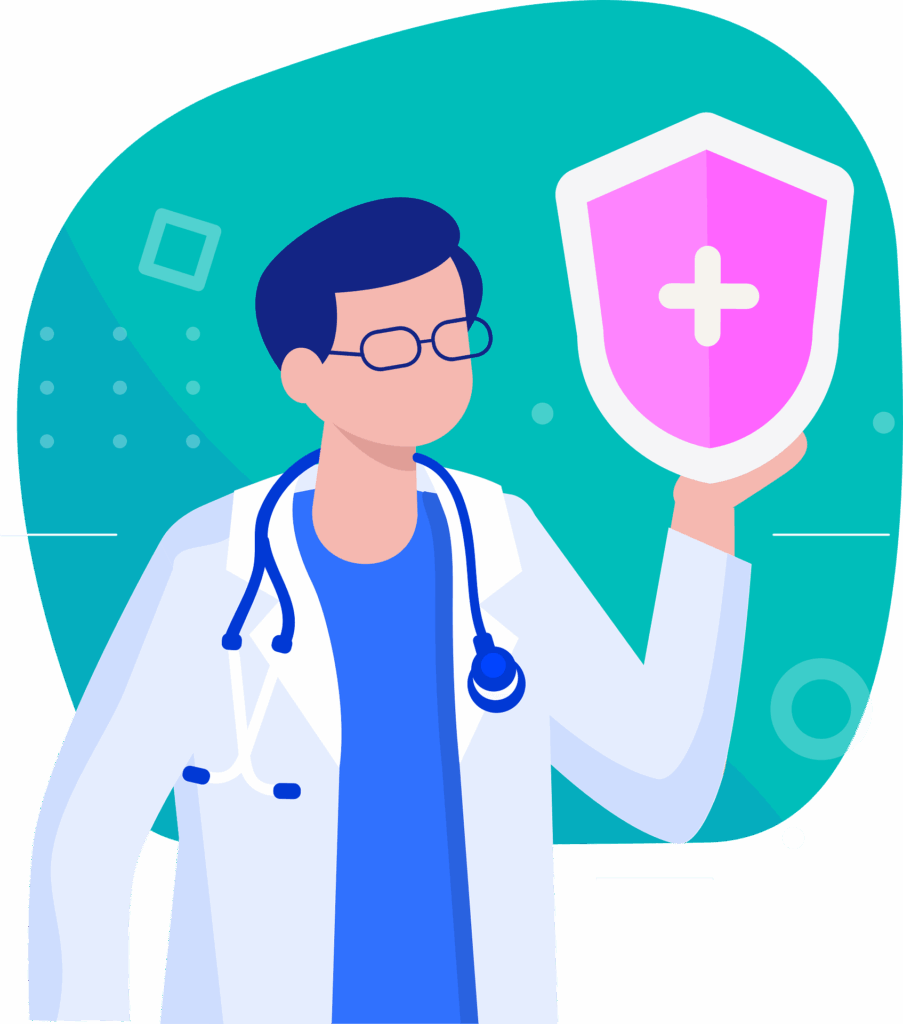
An HSA is a special savings account you can use for medical expenses.
It has triple tax advantages:
- You put money in tax-free.
- It grows tax-free.
- You can use it tax-free for healthcare costs.
Example:
Suppose your employer offers an HSA and automatically contributes $500 a year into it, even if you do not put any of your own money in. You could have $500 saved up by the end of the year just sitting there for future medical expenses — without even touching your paycheck! Always check your plan, but yes, it’s super common.
Common HSA-qualified purchases include:
- Cough medicine
- Sunscreen (SPF 15+)
- Contact lenses and solution
- Eye exams and glasses
- Dental cleanings
- First-aid kits
- Feminine hygiene products
- Therapy or chiropractor visits
It is one of the easiest money wins you can get early on, and it quietly grows while you live your life.
4. Set Your Next Savings Goal
Knowing what to do after saving $500 means not stopping here. Now, set your sights higher.
Small steps to target next:
- Aim for $1,000.
- Then $2,000.
- Eventually enough to cover 3 to 6 months of basic expenses.
Small automatic transfers like $10 to $20 per week add up way faster than you think.
5. Start a “Life Happens” Fund
Emergencies are one thing, but life also loves throwing small surprises at you. Unexpected car repairs, dental work, birthday gifts, or travel costs always pop up.
A smart part of what to do after saving $500:
- Open a second savings bucket just for predictable but forgotten expenses.
- Even setting aside $10 to $20 per paycheck will help you stay ready without touching your main emergency fund.
6. Keep Saving on Autopilot
One of the best habits for what to do after saving $500 is to keep your savings growing quietly in the background.
Best move:
- Set up a small automatic transfer from every paycheck, even if it is just $5 or $10.
- That way you keep your financial momentum without even thinking about it.
Financial security is built slowly, not with one big leap.
Bottom Line
Wondering what to do after saving $500?
Here is the simple roadmap:
- Protect your savings.
- Pay off high-interest debt.
- Grab any free money from your employer (401(k) and HSA).
- Set new savings goals.
- Keep your systems simple and steady.
You are already ahead of most people just by thinking about your next smart move. It is not about being perfect. It is about consistently taking small steps that add up over time. You have got this! And Mrs. Money Sidekick is here cheering you on through every smart step.
On your side,
Mrs. Money Sidekick
P.S. Interested in other starting out posts to help you build your financial foundation? Check out our Starting Out section here!


